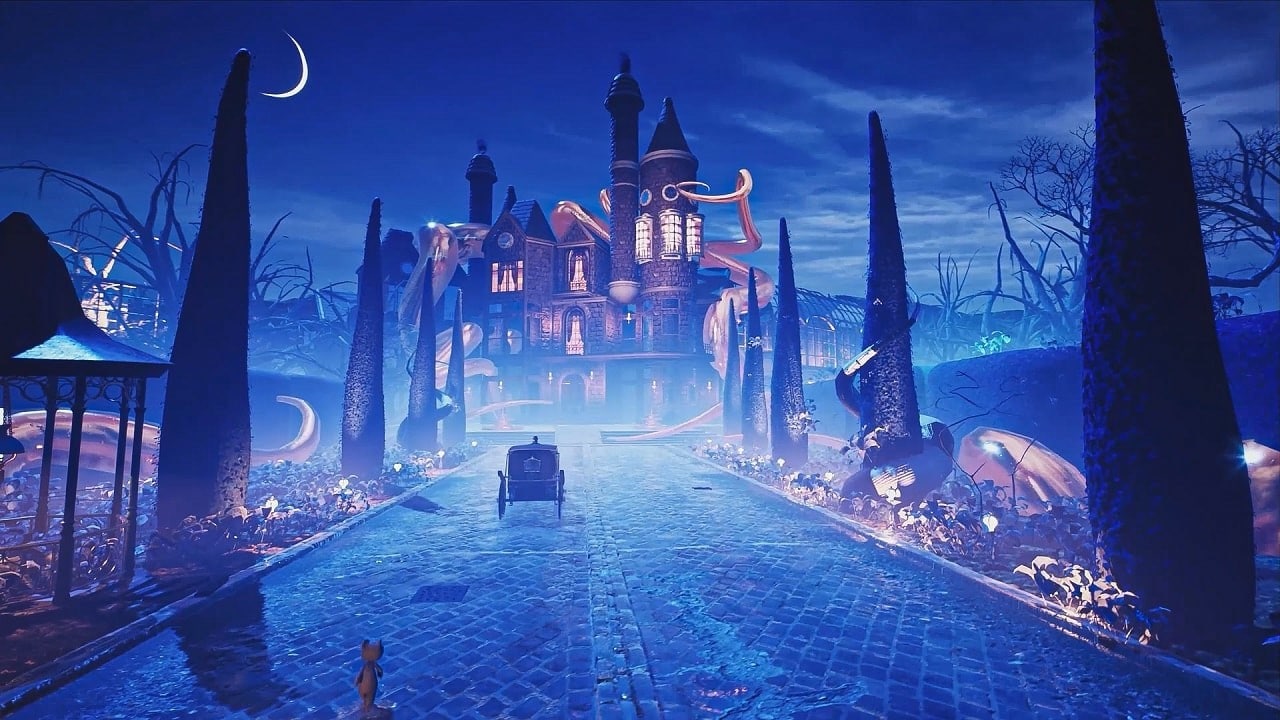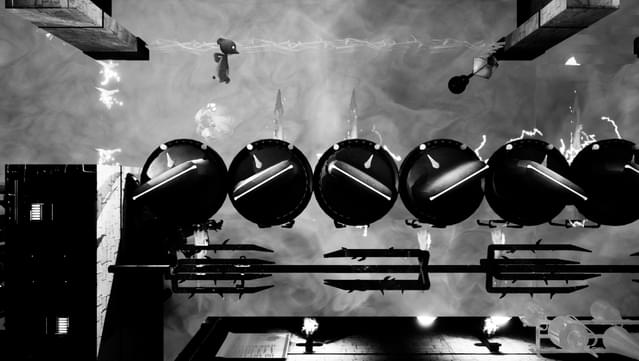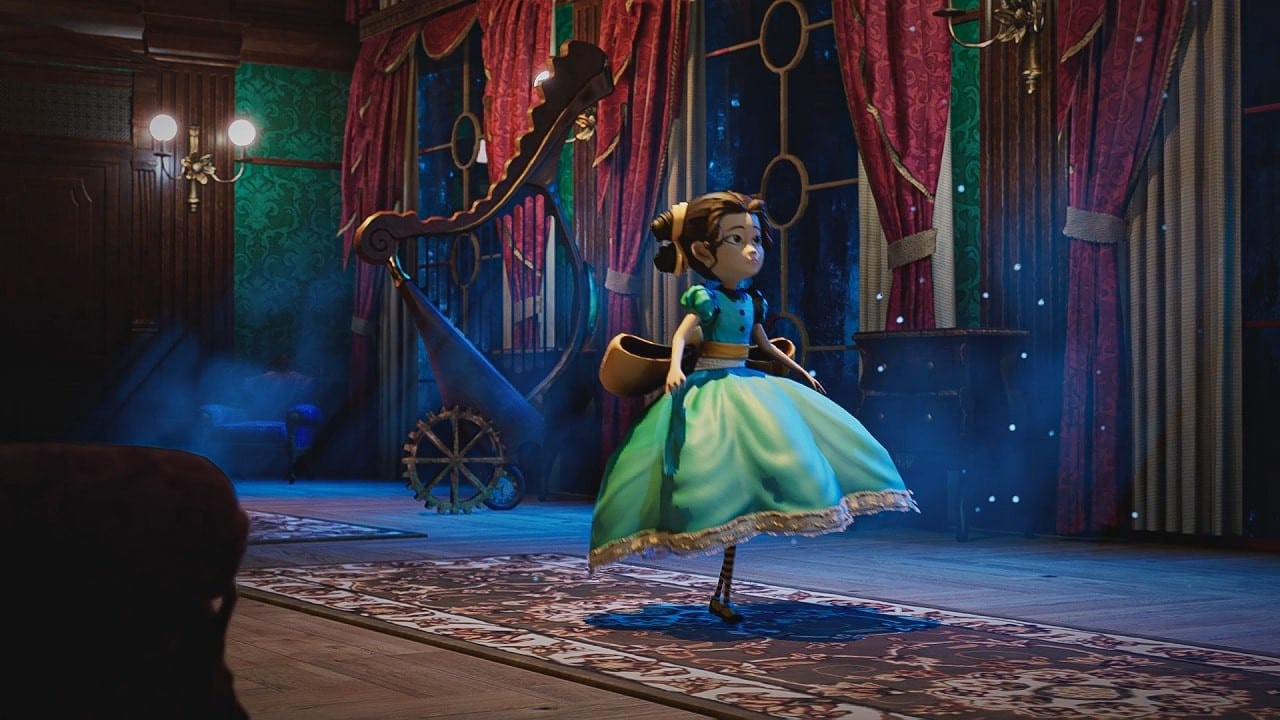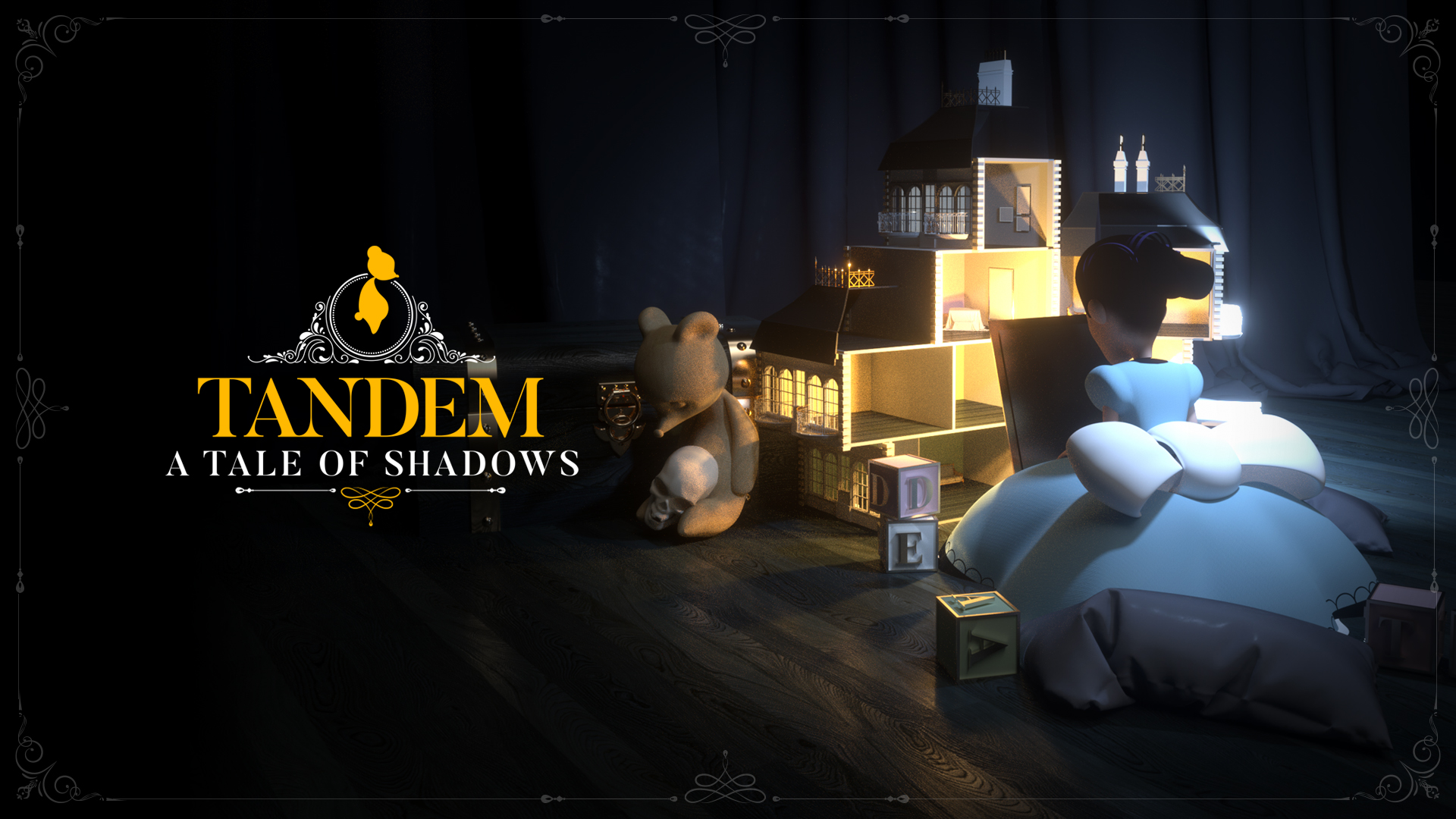The best thing about gaming, much like books, movies, music and TV, is that there are so many different options to choose from. If you don’t like one type of game, there are many others to try and hopefully enjoy. This is not only true of individual titles, but genres as a whole, be they first-person shooters, sports games, role-playing games, rogue-likes, fighting games, racing games, strategy games or puzzle games. There’s no one thing that will interest everyone on this planet, so the key is to find what works for you.
In the thirty years I’ve been gaming, I’ve played a lot of different titles and completed a large portion of them. Different genres have also been favourites at different times, with the most notable being first-person shooters, sports games, RPGs, open world sandboxes and racing games. I’m also lucky in that I like a wide variety, and not just in terms of video games. That said, strategy, puzzle and fighting games have rarely piqued my interest, or brought me a lot of fun, for different reasons. As such, I’ve mostly avoided them, outside of special occasions.
Hell, my least favourite parts of personally beloved games like Darksiders, The Legend of Zelda, Silent Hill 2 and Resident Evil have involved obtuse puzzles that slowed things down and stopped the fun.

I needed to get all of that out again, because I’m actually reviewing a puzzle game right now. Yes, despite what I said above, I decided to venture into one of my least favourite genres to try something new. They call it Tandem: A Tale of Shadows, and it first caught my eye on social media.
Like Hue before it, Tandem: A Tale of Shadows is a puzzler that stands out. Although it requires a lot of thought and can be obtuse, it offers something that a lot of its genre cohorts do not. Its basic premise and core gameplay design are two great examples of this, and are really what drew me in.
This approximately four to five hour-long experience begins as a young girl sneaks out in search of a missing boy. You see, the son of two well known illusionists has disappeared, and it’s all over the news. Our young heroine feels like she may be able to break the case wide open, so she ventures out into London late at night and gets caught up in something unexpected.
After taking to the dark and desolate streets, Emma bears witness as a carriage goes racing down the road with reckless abandon. It doesn’t arrive fully intact, though, because a teddy bear falls off and lands in the street, before getting up and chasing after his former ride. Emma follows, and then finds herself in a twisted manor full of traps, creatures, lights, shadow and, above all else, puzzles.

What follows is a game that is told over the course of about forty-eight different stages, some of which are quite short. Its several acts also offer frights, fears and creeps, thanks to some imagery that children shouldn’t view. In fact, the whole experience has a rather dark and gothic vibe.
What sets this game apart from almost all other puzzlers is its approach to gameplay, which mixes brain teasers with platforming. So, too, does its use of two characters, both of whom present different mechanics. One is, of course, Emma, while the other is the teddy bear, whose name is Fenton.
Together, Emma and Fenton must work together to solve every puzzle they’re faced with, en route to finding the whereabouts of Thomas Kane. To do so, the ten year-old girl must use a top-down perspective to move about environments, reposition items like carts, pick up keys and unlock doors, all while watching for monsters. She’s also responsible for aiding Fenton, whose gameplay takes a sidescrolling approach. You see, while Fenton can jump from one platform to the next, he needs Emma to create shadows to help him move across great distances. As such, you’ll need to do your best to position carts and other items so that they create the necessary types of ramps and platforms. Otherwise, the teddy will be unable to move and you’ll be stuck.
This can require finesse and lead to some frustration.

Along the way, you’ll also face off against disturbing bosses in puzzling fashion. These include a creepy Jack-in-the-box, an octopus and Father Time. Expect them to embody dark fable ideals, and pop off the pages of traditional fairytales, not feel good stories.
Tandem isn’t the first game to use light and shadow as mechanics, nor is it the first puzzle game to do so. That said, it manages to feel quite unique, thanks to its mixture of gameplay styles and core design. As you try to get from the beginning of each stage to its crystalline conclusion, you’ll appreciate smart puzzle design, intricate stages and a historical look and feel.
This isn’t to say that things are perfect, however. Although it’s smartly designed and pretty unique, this can be a frustrating game, and is one that I haven’t finished due to getting stuck. Some puzzles feel overly obtuse at first, but once you get the hang of things they start to make more sense. Still, it’s something I’ve had to search for help for, after wracking my brain and getting nowhere. If you’re good at these types of games you likely won’t have as much trouble, but will still have to deal with mechanics that aren’t always as polished as need be.

At times, Tandem can also feel a bit rough. Its frame rate isn’t perfect, and certain puzzles require speed that the mechanics don’t always allow for. You may have to move something, then switch to Fenton so that he’ll hit a lever to call a monster over, then quickly switch back and run for a gate. These segments want great timing and finesse, but the controls and core gameplay don’t always make it easy.
I also found that this was something I needed to play in small bursts. Although it’s not terribly long, it is a slower experience that requires a lot of thought, planning and execution, not to mention tons of trial and error. Plus, I’m just not the biggest fan of puzzle games, and can’t play these things for hours on end. For this reason, I had to take breaks to play Forza Horizon 5, NHL 22 or Halo: Infinite.

At the end of the day, though, Tandem: A Tale of Shadows is a game that stands out for good reasons. Although it’s not perfect, it’s smart, involved, immersive and memorable. The puzzles are intricately designed, the two characters both offer different play styles that come together well, and the presentation is as creepy as it is dark. The characters, locations, sound effects and voices are also almost all fitting to the period and motif, and will creep you out from time to time. It does, however, feel a bit dated, and struggles from performance and occasional control issues.
If you like puzzle games, you need to check this one out. Meanwhile, if you’re like me and generally don’t enjoy them, it’s still something worth giving a shot. Maybe just wait for a sale, instead of paying $28.99 CAD for it. That’s quite a bit for such a short experience.
This review is based on the Xbox One version of the game, which we were provided with.

